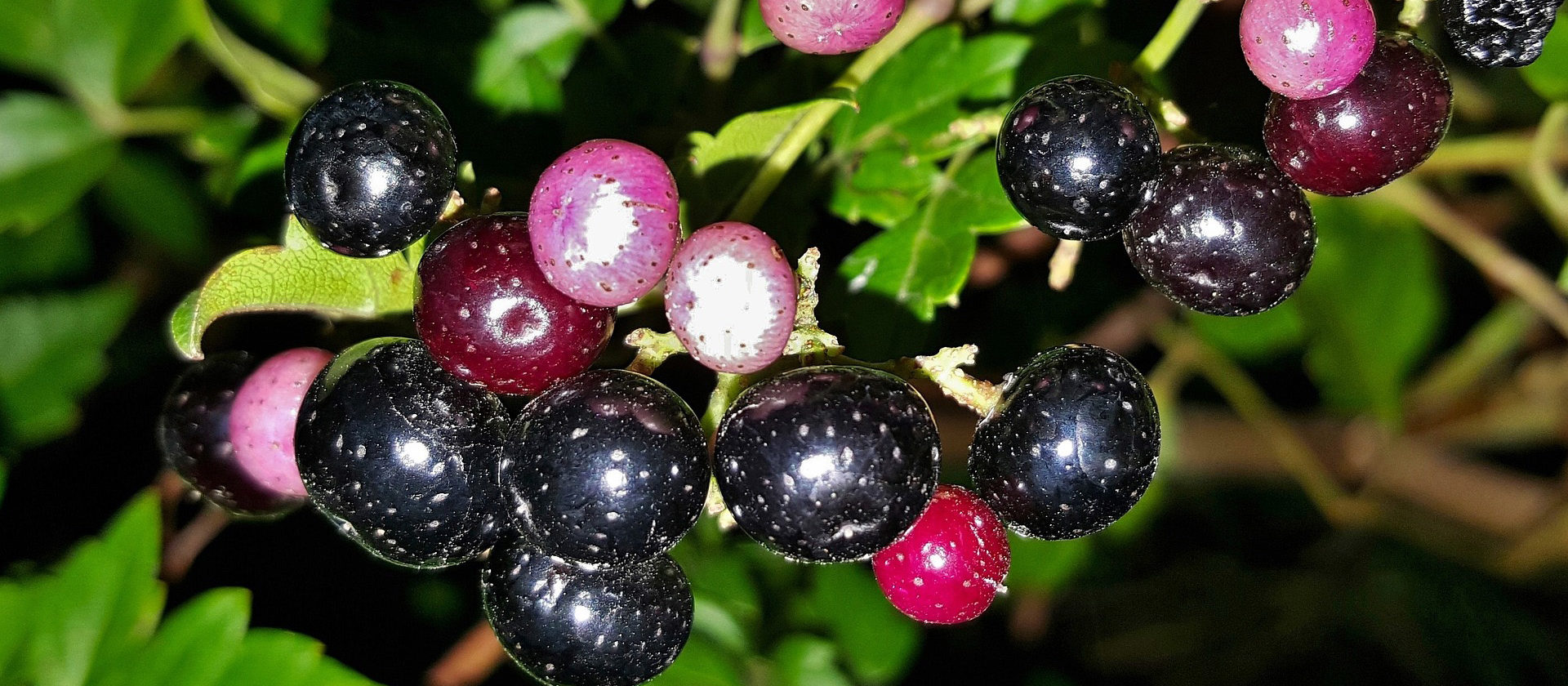Invasive species are not native to their location and can harm the ecosystems of their adopted homes. The Northeast United States is home to a variety of invasive plant and animal species. Many of them compete with native species for resources, causing native species to become endangered. They can also spread foreign illnesses to native plant and animal species. Often people unknowingly help spread invasive species. Here are some easy ways to keep our ecosystem healthy and free of invasive species:
- Do your research
Familiarize yourself with the most common invasive species of your area. If you enjoy gardening, make sure the plants you select for your garden are safe and will not disrupt the ecosystem. Native plant species are especially effective in fighting invasive plant species, as they provide the right habitat for pollinators. Go to the New York iMapInvasives website to learn more about local invasive species, or to report a sighting of one.
- Clean your gear
If you go on a hike in the woods, make sure to clean off your shoes and pants before going home. Invasive seeds and spores can attach themselves to your clothes and belongings and use you as transportation to a new location. Also clean your dog’s paws, and if you enjoy fishing make sure to clean off gear, as invasive species can also thrive in water ecosystems.
- Don’t move firewood
Firewood piles are made up of dying logs, which host all sorts of organisms, some of which are invasive. Moving firewood risks spreading these species to a new location.
- Take care of your pets
Be responsible for your pets, and do not release them into the wild. This includes fish-do not flush fish down the toilet. Most fish species that are kept as pets are not native to the Northeast United States. Living fish can get into water systems and damage local populations, and both living and dead fish can spread foreign diseases to native populations. Dispose of dead fish in the trash instead.

